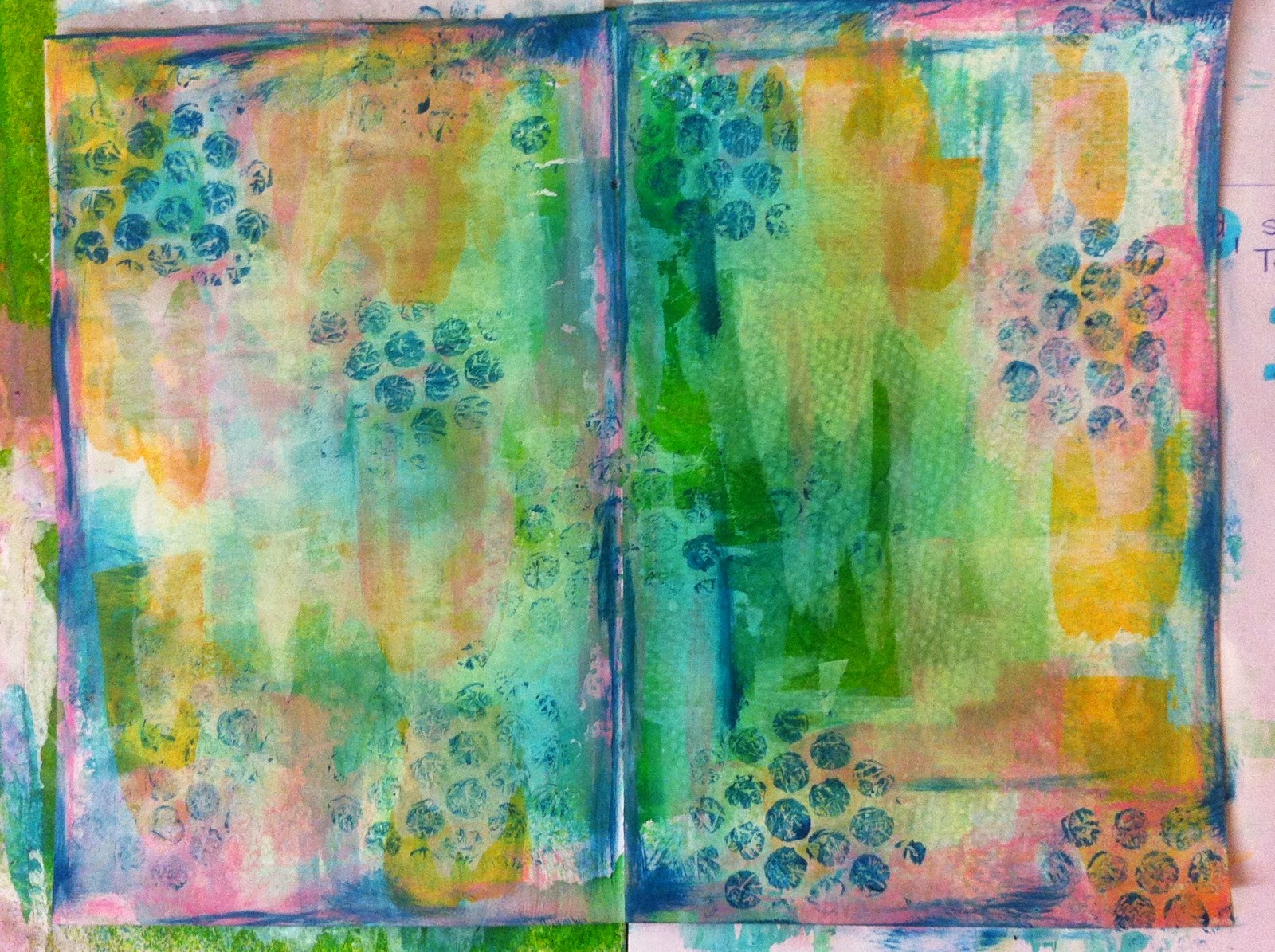Hello Arty
Friends!
Lisa here,
stepping in for Annette who is swamped with Kreative Koncepts orders at the
moment! This is my first week, so please be gentle with me!
Let’s recap
our journey for the month so far…
Our theme
for the month is quotes. In the first week, Annette introduced us to lettering
and a wonderful cling wrap technique, perfect for making backgrounds in our art
journals. In the second week, Jodi showed us ten different techniques to create
depth and layers to our art journal pages. You will come back to these ideas
time and time again!
This week we
pull all of this together to create an art journal page with a quote that has a
special meaning to you and where you are on this journey. Perhaps the quote
relates to love as at is Valentine’s Day here. Maybe the quote you select has
significant meaning to the way you are feeling at the moment. Words can be a
very powerful and beautiful way to record our lives. Feel free to add your own
journaling or words of wisdom from another. Pinterest is a wonderful resource
for quotes of all kinds.
Here is my
favourite quote and it is by Marianne Williamson.
“Our deepest fear is not that we are
inadequate. Our deepest fear is that we are powerful beyond measure. It is our
light, not our darkness that most frightens us. We ask ourselves, Who am I to
be brilliant, gorgeous, talented, fabulous? Actually, who are you not to be? You are a child of God. Your
playing small does not serve the world. There is nothing enlightened about
shrinking so that other people won't feel insecure around you. We are all meant
to shine, as children do. We were born to make manifest the glory of God that
is within us. It's not just in some of us; it's in everyone. And as we let our
own light shine, we unconsciously give other people permission to do the same.
As we are liberated from our own fear, our presence automatically liberates
others.”
When it
comes to lettering, I am inspired by the vibrant colours and doodling style of
the brilliant Joanne Sharpe. Her book, ‘The Art of Whimsical Lettering’, is a
must have for those who love to letter in their art journals!
Now it is
time to pull these ideas, techniques and quotes together:
1. Choose
the quote you wish to add to your page and set aside until later.
2. Using
your cling wrap background, add more layers from the techniques Jodi outlined
last week. Use up any extra paint on a scrap piece of paper, similar in quality to
the one in your art journal.
3. Think
about the layout of the page. Is the lettering going to be the dominant feature
or will you add an image? How much space will the words need? What font, style
and size will you chose? What writing tool will you use?
4. Before
you go ahead and begin lettering on your beautiful background, practice on the
scrap paper you created in Step 2. You can try all of the different pens and
markers you have before you begin on your art journal page.
5. Lightly
sketch in the lettering with pencil and then go over with your desired marker. *
Add details and doodling if desired. I will add my lettering to the lightest
part of the background to get the most contrast from my pens.
6. Add any
embellishments, stamping, images or a border if desired. Sign and date your
work.
* Sharpie and other alcohol or solvent-based markers are not good to use over acrylic paint. The solvent reactivates the paint and clogs the marker nib, destroying your pen. Use a PAINT MARKER instead.
My Art
Journal Page Process
My
starting point was the cling wrap background. I used an
old plastic card to swipe gesso and acrylic paints on the page. I am keeping my palette pastel and light at this stage as I want the
lettering to show up against the background.
Add a
layer of bubble wrap printing, a favourite technique of mine! Swipe extra paint on the
page edges.
Use a
toilet roll to print circles of paint. Then use a
stencil to create vines along the bottom of the page. I used a foam brush with
very little paint to minimise bleeding under the stencil.
Cut
scallops out of heavy paper and use a foam brush to paint in the missing areas. This is the opposite of what was shown in last week's video.
Lightly sketch
in the lines and letters begin
lettering with a single, simple line. I have mixed capital and lower case
letters. Draw in a second line to create some depth and add tiny diagonal lines
to create some thickness to the letters. I have then added more lines to the
letters using a metallic gel pen.
I have
added tiny pink paint dots to the vines to look like flowers. I have used the
end of my paint brush to get this look. I have added some doodling with my
journaling pens and a dashed line to the scallops.
I hope these
instructions and photos inspire you to record your favourite quote, thought or
feeling! Wishing you a creative week! Cheers, Lisa xxx
















